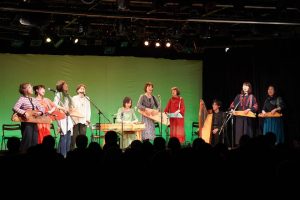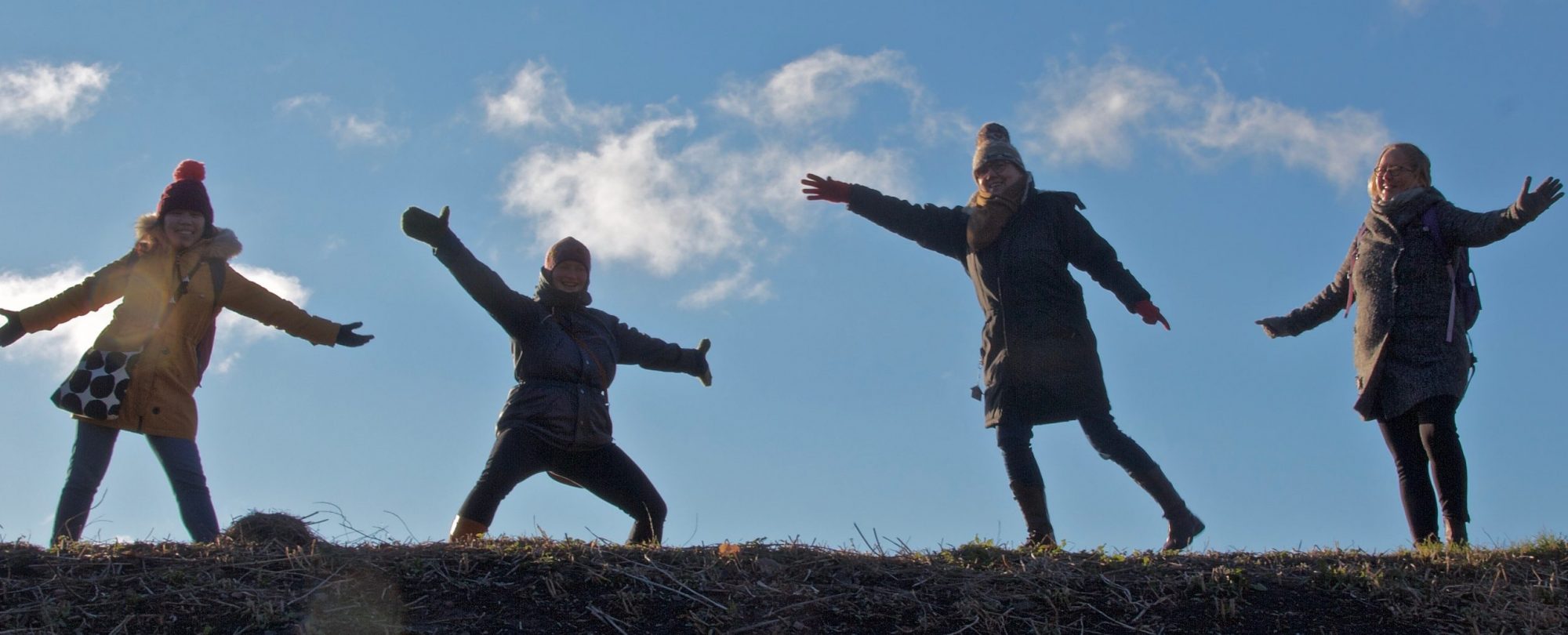
Longing for the “sound of forest” is an ethnographic research on the transculturation of Kantele in Japan, expecially in Hokkaido and Sapporo where kantele groups are active. Most of the japanese kantele enthusiasts are middle class women, and the main research question is, why has kantele maintained it’s popularity among them for so long. The research analyzes the process of transculturation in Japan focusing on the meanings and practises that are connected to kantele in japanese context. Among others, the analysis utilizes Rogers’ (2006) new definition of cultural appropriation. The doctoral theses and other publications based on this research offer viewpoints to how japanese kantele players have varied the esthetic of the Finnish kantele playing and made it more fitting to their idea of kantele as an faraway and nostalgic – even healing – “sound of the forest”.

Mitsuko Sato’s solo “Cherry Blossom”:
Mitsuko Sato and the Lingonberry ensemble:
Hiroko Ara’s solo “Pechka”:
Hiroko Ara and the Salmiakki ensemble:
